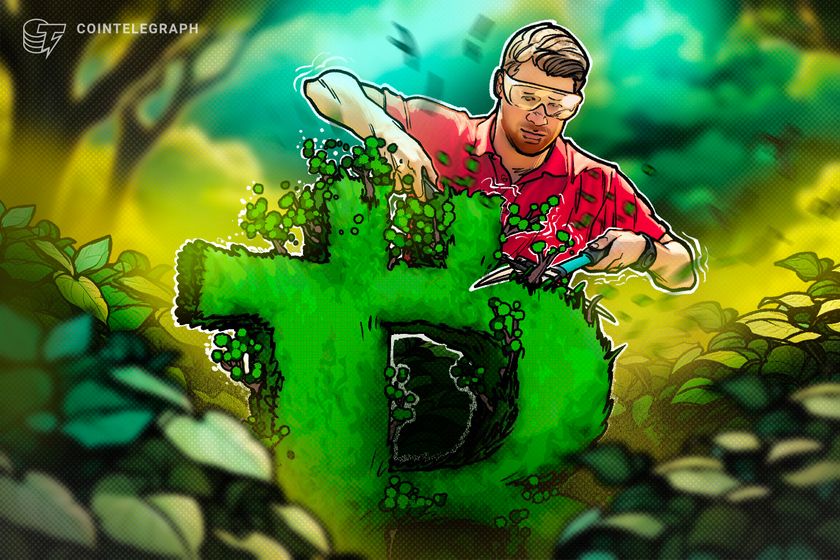
A central bank discussion paper found that the majority of Canadians have little trouble accessing financial services, which gives them little reason to use a CBDC.
The typical Canadian has little reason to adopt a central bank-issued digital currency, which could cause problems with its broad acceptance, according to a new paper from the Bank of Canada.
In the staff discussion paper released on Aug. 10, the central bank looked at a hypothetical scenario where cash was virtually eliminated in order to see what role a potential CBDC could play in helping the underbanked.
It found that most consumers would have “weak incentives” to use one, as Canadians don't face meaningful barriers to financial services like bank accounts or debit and credit cards.
98% of Canadian adults have a bank account, 87% also have a credit card and 90% of rural and urban households combined can access high-quality internet, the paper said.
It however found that replacing cash with digital loonies would also mean tech-averse Canadians would have fewer payment options while cash-dependent Canadians would find themselves unable to make the most common payments.
The potentially low uptake of a CBDC would also lead to merchants unlikely to want to accept one which would further diminish its usefulness.
Our latest survey results show that 92% of merchants have no plans to go cashless.
— Bank of Canada (@bankofcanada) August 8, 2023
Read more results from our survey: https://t.co/DX0lUJ90u7#cdnecon #PaymentMethods #Survey pic.twitter.com/017UYxiIC4
Instead, the paper floated non-CBDC-related ways that could better help the underbanked — including improving internet access, expanding low-cost bank account availability, increasing merchant collaboration with remote communities and continuing to supply cash.
The paper stressed it was not predicting how Canadians would react to a CBDC and said more could be interested in using it due to a variety of reasons.
Even if there was greater interested than it suggested, the paper added the barriers for both users and merchants to broadly adopt a CBDC “appear to be significant.”
Cash is still king
The paper also gave a strong nod to the necessity of cash, noting that without cash there would be no offline payment methods in emergency situations such as extreme weather or widespread power outages.
Related: ‘No fucking way’ — Joe Rogan, Post Malone slam US government CBDC
“This suggests the potential system-wide benefits of encouraging digital payment innovations that can function offline as well as the importance of sustaining cash,” it explained.
The paper claimed such a scenario highlighted the importance of the Bank of Canada continuing to issue cash and providing cash accessibility.
The paper noted the central bank previously stated it was committed to supplying cash as long as it was in demand and a CBDC would only be issued with the advent of a cashless society or the widespread use of foreign CBDCs or cryptocurrencies such as Bitcoin (BTC).
Asia Express: China expands CBDC’s tentacles, Malaysia is HK’s new crypto rival












